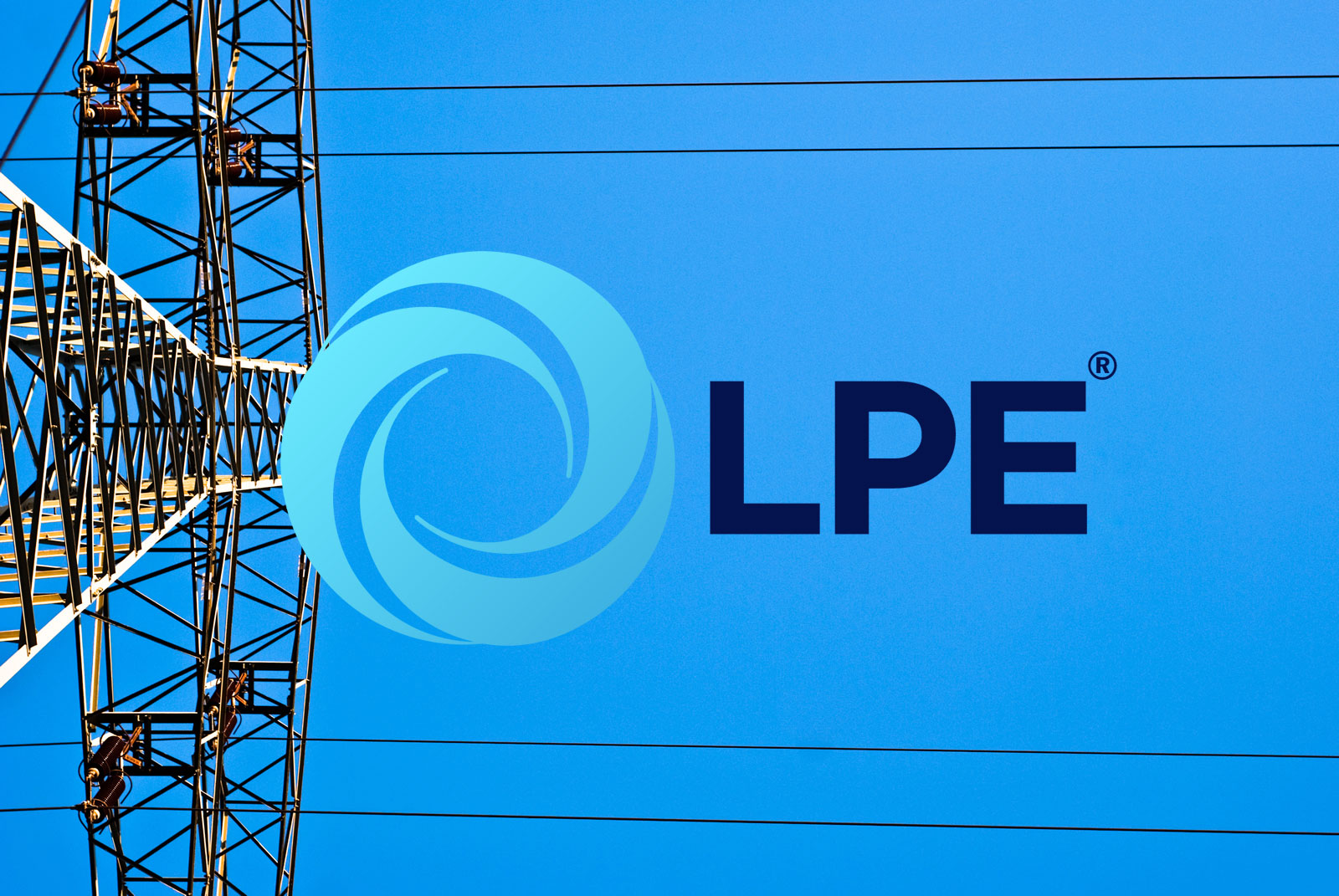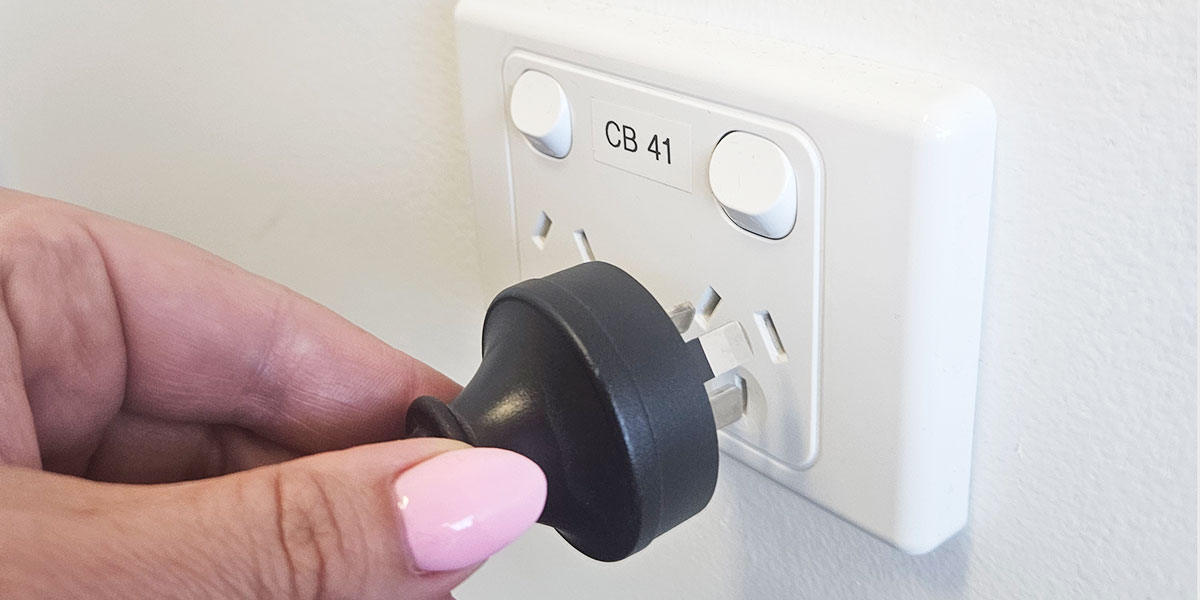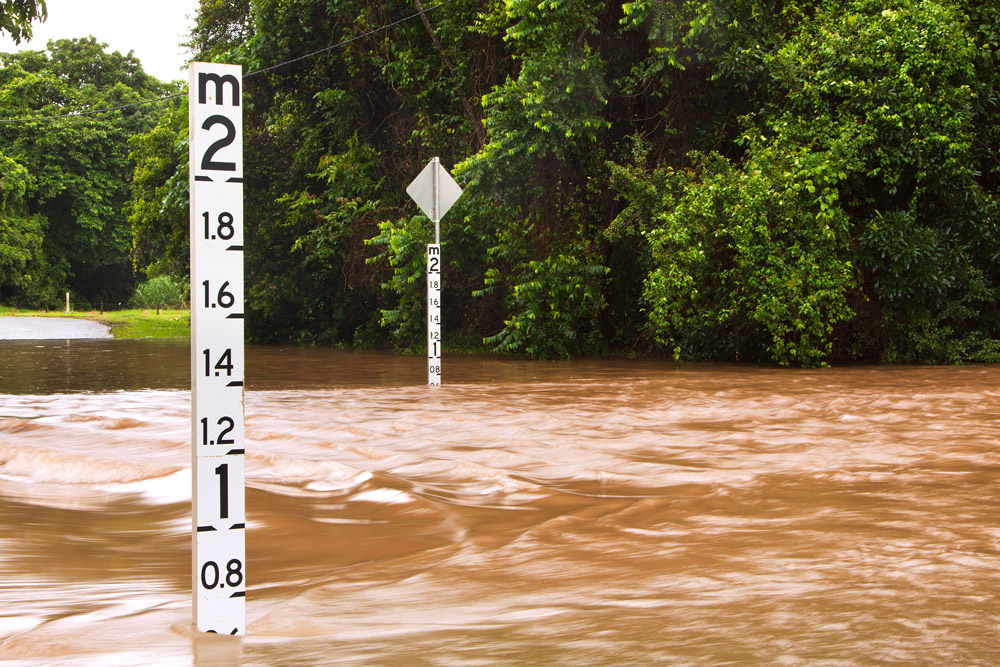
Highlights
- LPE appoints three experienced, independent, non-executive directors
- Mr. Craig Chambers has deep industry expertise, bringing 30 years of leadership experience in the energy and infrastructure sectors.
- Ms. Nicole Noye is an experienced Chief Executive Officer and Non-Executive Director with over 25 years of governance and leadership experience at C-suite and Board level.
- Mr. Andrew Vlachos is a lawyer with 30 years of experience in a wide variety of roles including General Counsel and Non-Executive Directorships.
- Messrs. Tilley and Kolenc have resigned due to growing commitments with their other roles. Both have made a significant contribution to the Company.
- The Company acknowledges and thanks Mr. Tilley and Mr. Kolenc for their leadership, dedication and vision.
Locality Planning Energy Holdings Limited (LPE or Company) is pleased to announce the appointment of Mr. Craig Chambers, Ms. Nicole Noye and Mr. Andrew Vlachos as independent non-executive directors as it refreshes the Board to drive growth. Messrs Tilley and Kolenc have stepped down due to growing commitments with their other roles.
LPE’s Non-Executive Chair, Mr. David Jarjoura, said: “One of my priorities in pursuing a program for renewal has been to strengthen the Board’s independence and bring experienced non-executive directors with a multitude of diverse and complimentary capabilities together with industry experience. I am confident the new directors have the relevant skills and can bring insights drawn from their experiences to make valuable contributions to LPE.
“I also recognise the deep contribution from Simon and Stan as they depart the Board today and thank them for their outstanding service and contributions to LPE. I am grateful for their astute advice and wise counsel.”
Mr. Chambers brings 30 years of leadership experience in the energy and infrastructure sectors, with a track record in project delivery, market reform, and the energy transition. He is currently the Energy Market & Clients Director at Mott MacDonald, where he leads a team of professionals delivering energy transition, decarbonisation, and infrastructure solutions across Australia.
Mr. Chambers is also an Independent Advisory Panel member tasked with evaluating funding request from the Australian Renewable Energy Agency (ARENA). Previously, he has held executive and board roles at Energy Queensland, Ergon, Energex, and Yurika. His deep expertise is in energy industry focusing on growth, technology innovation, regulatory reforms and navigating the energy transition will be invaluable in guiding LPE’s strategic direction as it continues to drive innovation and growth in the Australian energy market.
Ms. Noye is an experienced Chief Executive Officer and Non-Executive Director with over 25 years of experience at the C-suite and Board level. She has worked across multiple industries, including retail, hospitality, leisure, entertainment, fitness, professional services, car-sharing, franchising, and executive coaching. She is recognised for expertise in business transformation and operational excellence with a proven track record in re-imaging businesses to enhance profitability and stakeholder value.
Ms. Noye’s Board experience includes serving as a Non-Executive Director and committee member for Crown Sydney, Non-Executive Director of Fernwood, Non-Executive Director for GoGet, and Board and committee member for Collective Wellness Group. She was the Chair of the Compono Executive Leadership program and a Board member for several industry associations.
Mr. Vlachos has many years of experience in major Australian and international public companies, in a wide variety of roles, including General Counsel, General Management, Non-Executive Directorships, Company Secretary, Human Resources and Employment Law. He is the principal of an independent incorporated legal practice firm that advises business in a wide range of areas. Mr. Vlachos was the General Counsel and Company Secretary for Coates Hire, Australia’s largest equipment hire company.
Mr. Simon Tilley and Stan Kolenc remain strong supporters and substantial shareholders in the Company.
Authorised by the Board.
For further information:
David Jarjoura
Chair
investors@localityenergy.com.au
1300 443 735





